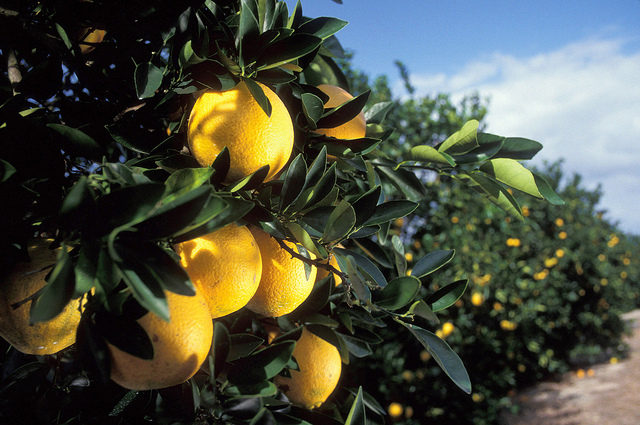A team of researchers at Texas A&M University may be on the trail to slowing or stopping HLB altogether, using the power of a common superfood: Spinach. HLB, also referred to as citrus greening, is affecting the health of the Florida citrus industry with an infection rate of more than 75 percent of the state’s citrus trees.
If something isn’t done soon to stop citrus greening, researchers maintain, the citrus industry could be in serious trouble. Everyone in the industry—from owners in the field to scientists in the lab—has been working to find a treatment or cure. Erik Mirkov and his team at Texas A&M think they may be on to something using Spinach.
The team has taken two separate Spinach genes and spliced them into the DNA of citrus trees. They report that the first gene expressed by the trees is increasing the amount of time it takes a tree to become infected by HLB, and that trees expressing the second gene are showing complete resistance to HLB in greenhouse trials. Both genes offer an immense promise towards fighting and stopping greening in the Florida Citrus Industry.
The splicing of Spinach genes into citrus DNA highlights the many ways the Genetically Modified Organisms—or GMOs—can offer solutions and options in modern Agriculture. Many worry that GMOs may not be safe for human consumption, but the truth is that GMOs have existed in soy and corn crops for decades. Spinach is already in our food chain, and researchers hope that fact will help those who are adverse to GMOs to accept Mirkov’s possible solution for citrus greening. The future of Florida Citrus depends upon it.



